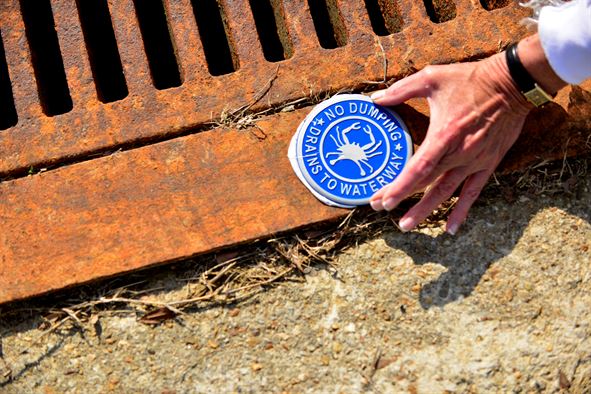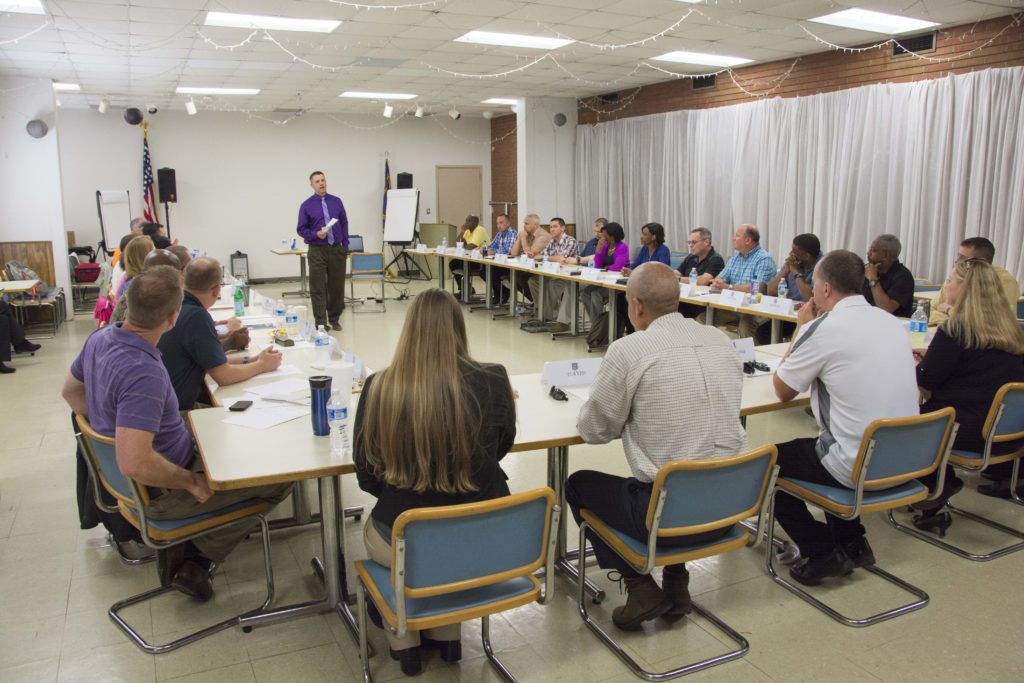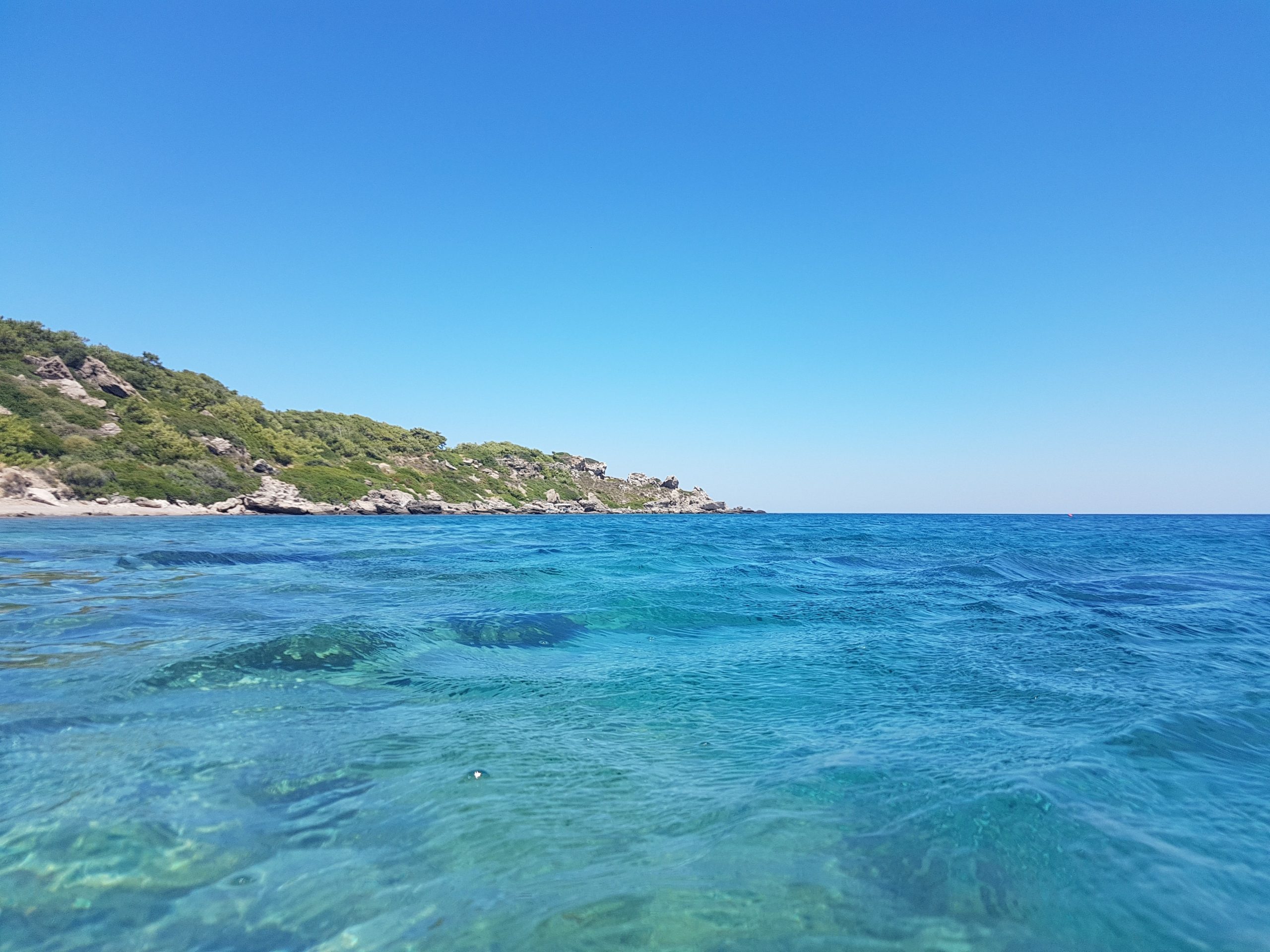What is an Illicit Discharge?
The Importance of Training and Education about Illicit Dishcarges
What Is an Illicit Discharge?
Illicit discharges are any discharges into a storm drain system that are not from stormwater and are polluted. Illicit discharges can carry pollutants into nearby water bodies. Cities and counties that hold stormwater permits are required to find and respond to illicit discharges and eliminate them. This is called illicit discharge detection and elimination, also known as IDDE.
Illicit discharges can come from many different sources. Some illicit discharges occur on purpose and some are by accident. Here are some examples of illicit discharges that get into the storm drain system:

- Car wash water
- Sanitary waste water (usually from sewer overflows or cross connections)
- Improper oil disposal
- Radiator flushing
- Household or business cleaning waste water
- Carpet cleaning waste water
- Concrete washout water
- Paint washout water
- Trash and debris
- Sediment
- Fertilizers
- Anything else that is harmful to water quality that is dumped or put in a location where it can easily wash into a storm drain or that is placed directly into a storm drain.
Why are we as the public worried about illicit discharges?
We are worried because illicit discharges can cause problems to nearby water bodies. The pollutants that are carried by illicit discharges can cause problems with fish, other wildlife, or people that are recreating in a waterbody. A single illicit discharge may not cause a large number of problems on its own, but it could. The largest problem with stormwater pollution is the concentration of pollutants.
Why train and educate about illicit discharge?

You should train as many people as you can so that you have more eyes in the field. The more people you have looking for illicit discharges the better chance there is at finding, preventing, and eliminating these harmful discharges. If municipal employees know what to look for when they are going throughout your city they will know when there are problems. Those problems can be reported, found, and eliminated more easily. This is a proactive approach to finding and eliminating illicit discharges. If all municipal employees are trained then whether they are working or after work hours they will be aware and know when there is a problem. If illicit discharges can be identified at the source then you can save time and money by not having to investigate from the water body back through the storm drain system to find the source.
If the public is educated then you have many more eyes looking at what is going on throughout the city. Also, people and businesses will now know what illicit discharges are and prevent them from occurring at their facilities. If people know that there are problems with pollutants going into storm drains the majority will take steps to prevent it from happening at their facilities. If businesses are educated about the problems with stormwater and illicit discharges they will be proactive at their business. If the citizens of a community are educated on what illicit discharges are and how they can help protect water quality many will become involved in protecting waters in their area.
Here is a short example of an illicit discharge and how some education could have stopped it. There was a janitor that was mopping the floors in a local building. Instead of going to the sanitary sewer drain inside of the building he thought it would be easier to pour his wash waters out in the storm drain near the back door of the building. He did so because he did not know that the storm drain system went straight to a stream. The stream was located approximately 200 feet from the building
A trained city employee recognized that the stuff floating in the stream should not be there. It was blue-green, cloudy, and bubbly. They called the stormwater hotline at the city and it was soon traced back to this business and janitor. This situation could have been avoided had the business been trained on where storm drains go and the problems of illicit discharges. This was a success because the city was trained and able to respond.
How can training on illicit discharges protect our waters?
By keeping pollutants out of our waters, we can protect the beauty of our water bodies. We can allow fish and wildlife to live, spawn, and grow. This will protect the recreational uses of our waters.
Also, protecting our waters will improve the quality and value of our communities. The clean water act, which includes stormwater regulations, was created to protect beneficial uses of water for citizens of the United States. If waters of the United States are there to be protected and used for our benefit then we need to do our part in protecting them. As we educate on illicit discharges we can eliminate major contributors of pollution to our waters.

